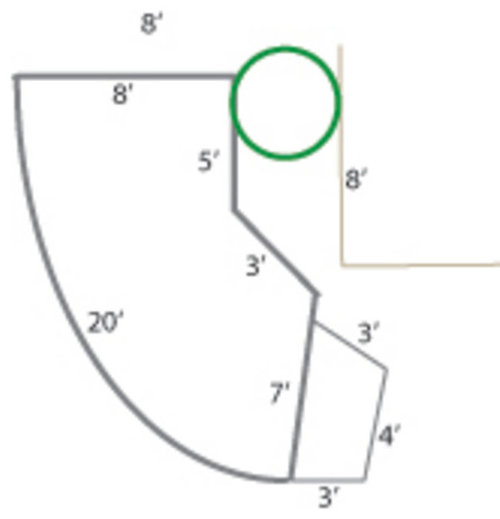What's the perfect soil mix for a raised bed of echinaceas?
funnthsun z7A - Southern VA
10 years ago
Related Stories

GARDENING AND LANDSCAPINGBuild a Raised Bed to Elevate Your Garden
A bounty of homegrown vegetables is easier than you think with a DIY raised garden bed to house just the right mix of soils
Full Story
GARDENING GUIDES10 Solutions for Soggy Soil
If a too-wet garden is raining on your parade, try these water-loving plants and other ideas for handling all of that H2O
Full Story
GARDENING GUIDESThe Poop Scoop: Enrich Your Soil With Good Old Manure
Get over the ick factor already — this natural super-ingredient for soil has so many benefits, you'll wonder why you ever went chemical
Full Story
GARDENING GUIDESGardening Solutions for Heavy Clay Soils
What’s a gardener to do with soil that’s easily compacted and has poor drainage? Find out here
Full Story
FARM YOUR YARDHow to Get Good Soil for Your Edible Garden
The nutrients in your soil feed the plants that feed you. Here are tips on getting it right — just in time for planting season
Full Story
GARDENING GUIDESHow to Stop Worrying and Start Loving Clay Soil
Clay has many more benefits than you might imagine
Full Story
GARDENING GUIDESGet the Dirt on Your Garden’s Soil
Understand how your soil supports your plants so you can ensure your garden’s success
Full Story
GARDENING GUIDESGardening Solutions for Dry, Sandy Soils
Has your desert or beachy site withered your gardening creativity? Try these ideas for a beautiful, easy-care landscape
Full Story
FARM YOUR YARDHow to Build a Raised Bed for Your Veggies and Plants
Whether you’re farming your parking strip or beautifying your backyard, a planting box you make yourself can come in mighty handy
Full Story
GARDENING GUIDES8 Materials for Raised Garden Beds
Get the dirt on classic and new options for raised vegetable and plant beds, to get the most from your year-round garden
Full Story







toxcrusadr
gardengal48 (PNW Z8/9)
Related Professionals
Citrus Heights Landscape Architects & Landscape Designers · Fort Lee Landscape Architects & Landscape Designers · Aloha Landscape Contractors · Galt Landscape Contractors · Harrisburg Landscape Contractors · Mahwah Landscape Contractors · Weslaco Landscape Contractors · West Haverstraw Landscape Contractors · Baileys Crossroads Landscape Contractors · Champaign Decks, Patios & Outdoor Enclosures · Clermont Decks, Patios & Outdoor Enclosures · Clute Decks, Patios & Outdoor Enclosures · Fort Worth Decks, Patios & Outdoor Enclosures · Mastic Decks, Patios & Outdoor Enclosures · Palm Beach Gardens Decks, Patios & Outdoor EnclosuresTXEB
nc_crn
funnthsun z7A - Southern VAOriginal Author
TXEB
toxcrusadr
funnthsun z7A - Southern VAOriginal Author
plaidbird
Kimmsr
greenthumbzdude
plaidbird
TXEB
funnthsun z7A - Southern VAOriginal Author